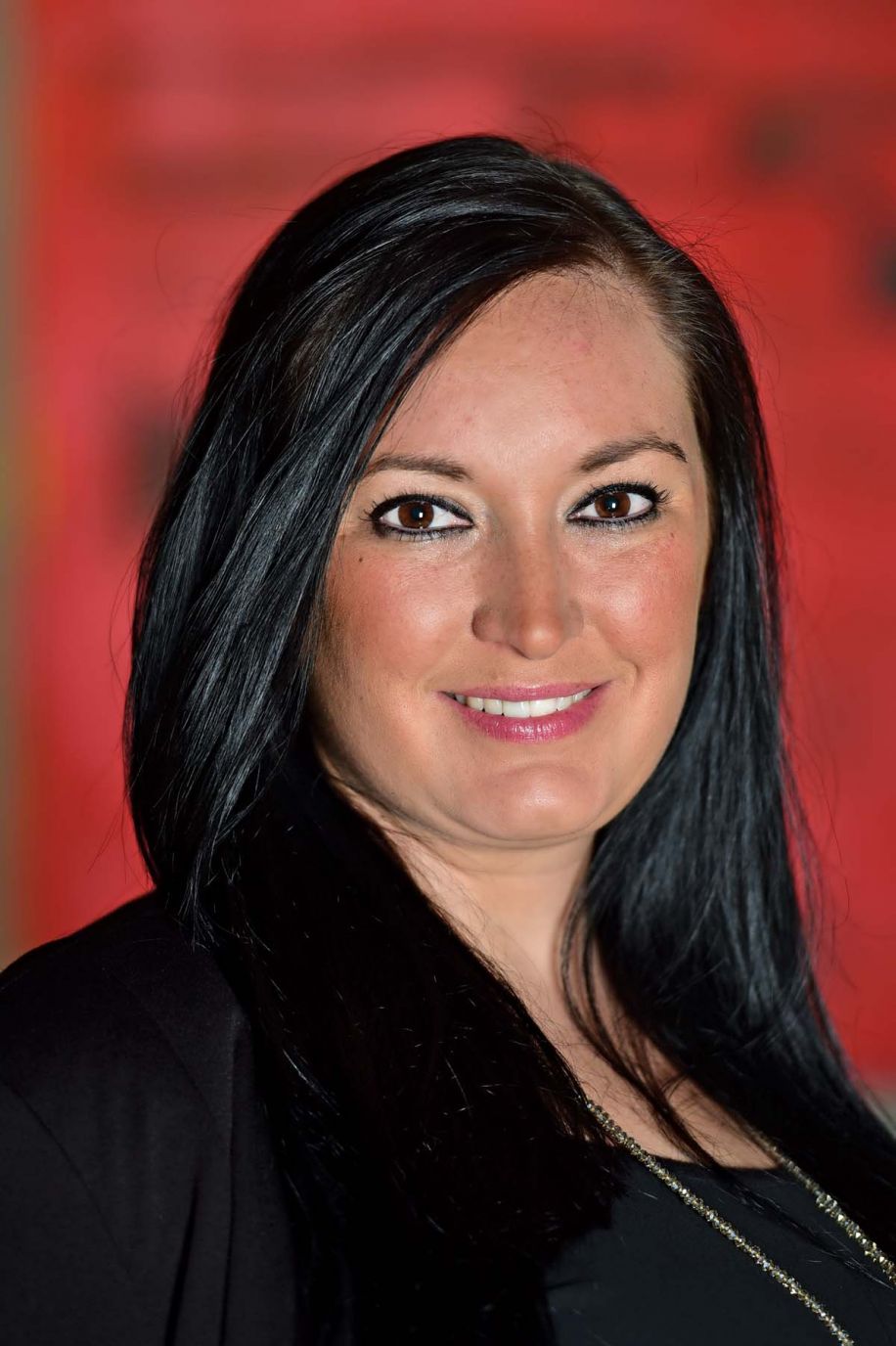
How long have you been with the PMA?
All of 2010 through November of 2013. I began as the director of education and soon took on chief curator and deputy director of the museum. I came back to the museum in 2015 as executive director.
What are your responsibilities as executive director of PMA?
My biggest charge is to make sure that every department is working together to give each visitor the best experience possible. We want everyone who comes in contact with us—whether that’s online, in the museum, or out in the community—to be inspired by the art and what we do. I also lead fundraising and grant writing, and I serve the community as the face of everything we do at the museum. One of my biggest goals and responsibilities is to spread the news of our wonderful exhibitions and programming outside of the walls of the museum and to other cities in the region and beyond.
What are your plans for PMA now that you are executive director?
I think Pensacola can become even more of an arts destination than it is right now, and I want the PMA to lead that initiative. What we can do as a museum to support this is bringing in blockbuster exhibitions, offering up the absolute highest quality art education opportunities for children, and making our public programs truly transformative experiences.
What makes you a good fit for the position as executive director?
First and foremost my background is in art, so I hope my passion for visual and art history aspects comes through in the types of exhibitions I’ll be working with our curator on to bring to the museum. Something unique about me is that I’ve worked at the museum before, so I’ve seen what it takes for each department to be successful, and what has worked and what hasn’t. I’ve personally had a hand in education, curating, fundraising, marketing, and grant writing so I bring an intimate knowledge of how they should work in the big picture, as well as specifically at the PMA. People come to us to experience the visual arts, and that’s what I’m going to focus on to get the most high quality exhibitions and programs going.
Are there any PMA exhibits (past or current) that hold a special place in your heart?
Damier: Art for the Masses and Nathan Sawaya: Art of the Brick (LEGOs). I was the curator responsible for both of these exhibitions and they were two of our most popular exhibitions to date. Damier is from a local collector in the area named Dr. Patrick Rowe. He has also loaned us several other collections he owns including The Design of War: Flags and Posters from WWI and WWII, as well as Mucha: Master Artist of Art Nouveau. Art of the Brick was a traveling exhibition on loan from the artist and it brought in more people and more revenue than any other exhibition we’ve ever done in the museum’s 61 years of existence.
What else should readers know about PMA and your involvement with the museum?
I love being so involved with all aspects of the museum, and I love working with people and this incredible community that supports the arts so much. We have a lot of leaders in that respect on our board, and it’s inspiring to see what they do, and, as key players in Pensacola, what they value to further the visual arts. Challenges at our museum aren’t new to the entire industry of museums, non-profits, and arts organizations. Advocacy from the entire spectrum of patrons—young to old, is extremely important to foster in the museum. It’s also a challenge sometimes to educate the public on the value of the arts and how that translates into the cost of admission, and so on. We do a lot with not a lot and we want people to understand and respect that.